Osias Beert Giclée Fine Art Prints
c.1580-1624
Flemish Baroque Painter
Osias Beert’s life concluded in Antwerp at the end of 1623, but his quiet role in shaping the genre of still life endures as a subtle force behind the broader development of Northern European painting. One could easily forget that he was once overshadowed by his parallel career as a cork merchant - an arrangement that helped finance his craft but never diminished his dedication to portraying the material world in thoughtful detail. His skill in capturing precious objects, oysters, or floral bouquets might seem straightforward today, yet for Beert’s time, focusing so intently on these domestic delights was groundbreaking.
His paintings offers a window into the refined sensitivity he bestowed upon everyday items. Bowls of fruit, delicate porcelain, and the shellfish he was famous for meticulously depicting line the tabletop. He arranged each element with a purposeful clarity that remains persuasive. The vantage point, particularly high in some early works, allows us an almost privileged view of his arrangement, while subtle overlaps and carefully rendered textures convey his evolving style.
Beert’s personal story began around 1580, possibly in Antwerp or Kortrijk, though official records show his family settling in Antwerp by 1582. We know he trained under Andries van Baesrode, a name not well known to modern audiences, but one that undoubtedly served as Beert’s stepping stone into professional painting circles. He joined the Guild of St. Luke in 1602, securing a place within Antwerp’s artistic community. Even so, painting was not enough to support him financially, so he turned to trade. His marriage to Margriet Ykens in 1606 further connected him to the art world, as she was the aunt of artist Frans Ykens.
In 1622, a son also named Osias was born. Though Beert himself likely died too soon to guide him, this younger Osias eventually entered the same guild, and he - along with Beert’s pupils - produced numerous variants and replicas of the elder artist’s works. The confusion that ensued from these collaborations and shared compositions has challenged modern attributions, as the father’s name often overlaps with that of his son. Scholars use stylistic cues, such as differences in viewpoint or degrees of object overlapping, to tentatively sort out which panels belong to the elder Beert.
What remains consistent throughout is Beert’s fascination with the physical qualities of his subject matter. He typically painted on oak panels, layering thin glazes of oil paint to achieve transparency in oysters or the reflective gleam of wine glasses. In his flower still lifes, every petal is depicted at the height of its bloom - a near-impossible gathering of flora that underscores his inclination toward artifice. These bouquets, assembled from different seasons, highlight his sense of impermanence and the fleeting nature of beauty. Indeed, the presence of insects or the subtle tilt of a table might carry hints of moral reflection, but Beert’s primary interest lay in capturing how shapes and light interact. He often employed a quasi-geometric logic, producing compositions both balanced and convincingly natural.
Although his name may never carry the glamour of Rubens, Beert’s participation in the early moment of Flemish still life painting gave the genre a momentum it sorely needed. His style, so focused on the tactile surface of reality, helped set a standard among his contemporaries. From floral bouquets in Wan Li vases to breakfast pieces with oysters and sweetmeats, he experimented with viewing angles, color juxtapositions, and compositional simplicity. The result, once prized among collectors, reveals a painter determined to capture life’s smallest luxuries - a voice that, despite centuries of quiet, still resonates in the measured poise of his canvases.
His paintings offers a window into the refined sensitivity he bestowed upon everyday items. Bowls of fruit, delicate porcelain, and the shellfish he was famous for meticulously depicting line the tabletop. He arranged each element with a purposeful clarity that remains persuasive. The vantage point, particularly high in some early works, allows us an almost privileged view of his arrangement, while subtle overlaps and carefully rendered textures convey his evolving style.
Beert’s personal story began around 1580, possibly in Antwerp or Kortrijk, though official records show his family settling in Antwerp by 1582. We know he trained under Andries van Baesrode, a name not well known to modern audiences, but one that undoubtedly served as Beert’s stepping stone into professional painting circles. He joined the Guild of St. Luke in 1602, securing a place within Antwerp’s artistic community. Even so, painting was not enough to support him financially, so he turned to trade. His marriage to Margriet Ykens in 1606 further connected him to the art world, as she was the aunt of artist Frans Ykens.
In 1622, a son also named Osias was born. Though Beert himself likely died too soon to guide him, this younger Osias eventually entered the same guild, and he - along with Beert’s pupils - produced numerous variants and replicas of the elder artist’s works. The confusion that ensued from these collaborations and shared compositions has challenged modern attributions, as the father’s name often overlaps with that of his son. Scholars use stylistic cues, such as differences in viewpoint or degrees of object overlapping, to tentatively sort out which panels belong to the elder Beert.
What remains consistent throughout is Beert’s fascination with the physical qualities of his subject matter. He typically painted on oak panels, layering thin glazes of oil paint to achieve transparency in oysters or the reflective gleam of wine glasses. In his flower still lifes, every petal is depicted at the height of its bloom - a near-impossible gathering of flora that underscores his inclination toward artifice. These bouquets, assembled from different seasons, highlight his sense of impermanence and the fleeting nature of beauty. Indeed, the presence of insects or the subtle tilt of a table might carry hints of moral reflection, but Beert’s primary interest lay in capturing how shapes and light interact. He often employed a quasi-geometric logic, producing compositions both balanced and convincingly natural.
Although his name may never carry the glamour of Rubens, Beert’s participation in the early moment of Flemish still life painting gave the genre a momentum it sorely needed. His style, so focused on the tactile surface of reality, helped set a standard among his contemporaries. From floral bouquets in Wan Li vases to breakfast pieces with oysters and sweetmeats, he experimented with viewing angles, color juxtapositions, and compositional simplicity. The result, once prized among collectors, reveals a painter determined to capture life’s smallest luxuries - a voice that, despite centuries of quiet, still resonates in the measured poise of his canvases.
10 Osias Beert Artworks
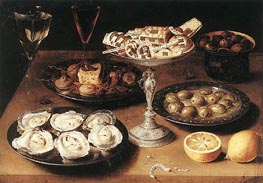
Giclée Canvas Print
$54.63
$54.63
SKU: 127-BEO
Osias Beert
Original Size:46.6 x 66 cm
Staatsgalerie, Stuttgart, Germany
Osias Beert
Original Size:46.6 x 66 cm
Staatsgalerie, Stuttgart, Germany
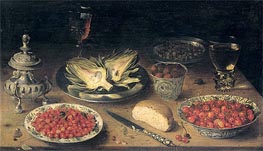
Giclée Canvas Print
$54.63
$54.63
SKU: 6047-BEO
Osias Beert
Original Size:46.5 x 79 cm
Rijksmuseum, Amsterdam, Netherlands
Osias Beert
Original Size:46.5 x 79 cm
Rijksmuseum, Amsterdam, Netherlands
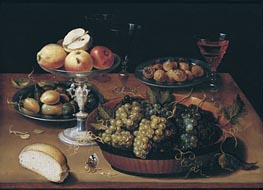
Giclée Canvas Print
$54.63
$54.63
SKU: 4259-BEO
Osias Beert
Original Size:54 x 74.5 cm
Private Collection
Osias Beert
Original Size:54 x 74.5 cm
Private Collection
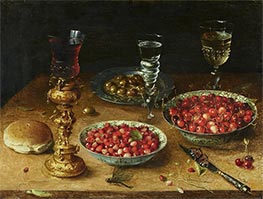
Giclée Canvas Print
$62.48
$62.48
SKU: 128-BEO
Osias Beert
Original Size:50 x 65.5 cm
Gemaldegalerie, Berlin, Germany
Osias Beert
Original Size:50 x 65.5 cm
Gemaldegalerie, Berlin, Germany
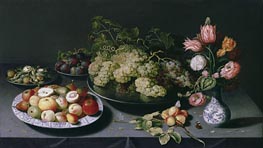
Giclée Canvas Print
$77.73
$77.73
SKU: 4258-BEO
Osias Beert
Original Size:67 x 117 cm
Liechtenstein Museum, Vienna, Austria
Osias Beert
Original Size:67 x 117 cm
Liechtenstein Museum, Vienna, Austria
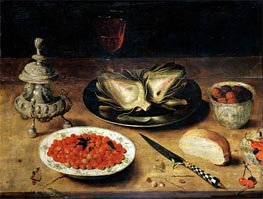
Giclée Canvas Print
$87.59
$87.59
SKU: 6062-BEO
Osias Beert
Original Size:50 x 64 cm
Private Collection
Osias Beert
Original Size:50 x 64 cm
Private Collection
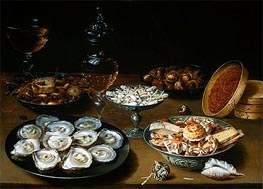
Giclée Canvas Print
$59.47
$59.47
SKU: 6046-BEO
Osias Beert
Original Size:52.9 x 73.4 cm
National Gallery of Art, Washington, USA
Osias Beert
Original Size:52.9 x 73.4 cm
National Gallery of Art, Washington, USA
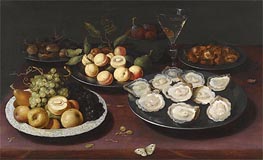
Giclée Canvas Print
$54.63
$54.63
SKU: 10147-BEO
Osias Beert
Original Size:55.2 x 93.4 cm
Private Collection
Osias Beert
Original Size:55.2 x 93.4 cm
Private Collection
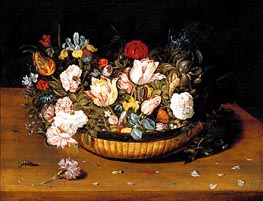
Giclée Canvas Print
$62.93
$62.93
SKU: 6045-BEO
Osias Beert
Original Size:50.5 x 65.7 cm
Dallas Museum of Art, Texas, USA
Osias Beert
Original Size:50.5 x 65.7 cm
Dallas Museum of Art, Texas, USA

Giclée Canvas Print
$54.63
$54.63
SKU: 4266-BEO
Osias Beert
Original Size:22.5 x 18 cm
Private Collection
Osias Beert
Original Size:22.5 x 18 cm
Private Collection